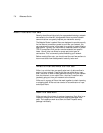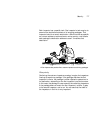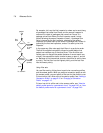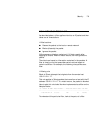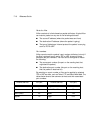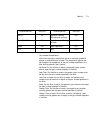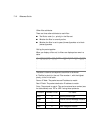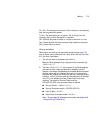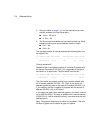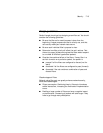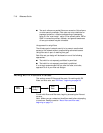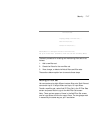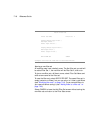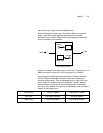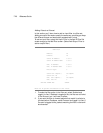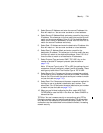7-14 Reference Guide
3. Using the tables on page 7-10, find the destination port and
protocol numbers (the
local
Telnet port):
■ Proto = TCP (or 6)
■ D. Port = 23
4. The filter should be enabled and instructed to block the Telnet
packets containing the source address shown in step 2:
■ On? = Yes
■ Fwd = No
This four-step process is how we produced the following filter from
the original rule:
+-#--Source IP Addr--Dest IP Addr-----Proto-Src.Port-D.Port--On?-Fwd
+--------------------------------------------------------------------+
1 199.211.211.17 0.0.0.0 TCP 23 Yes No
Filtering example #2
Suppose a filter is configured to block all incoming IP packets with
the source IP address of 200.233.14.0, regardless of the type of
connection or its destination. The filter would look like this:
+-#--Source IP Addr--Dest IP Addr-----Proto-Src.Port-D.Port--On?-Fwd
+--------------------------------------------------------------------+
1 200.233.14.0 0.0.0.0 0 Yes No
This filter blocks any packets coming from a remote network with
the IP network address 200.233.14.0. The 0 at the end of the
address signifies
any
host on the class C IP network 200.233.14.0.
If, for example, the filter is applied to a packet with the source IP
address 200.233.14.5, it will block it.
In this case, the mask, which does not appear in the table, must be
set to 255.255.255.0. This way, all packets with a source address
of 200.233.14.x will be matched correctly, no matter what the final
address byte is.
Note: The protocol attribute for this filter is 0 by default. This tells
the filter to ignore the IP protocol or type of IP packet.



